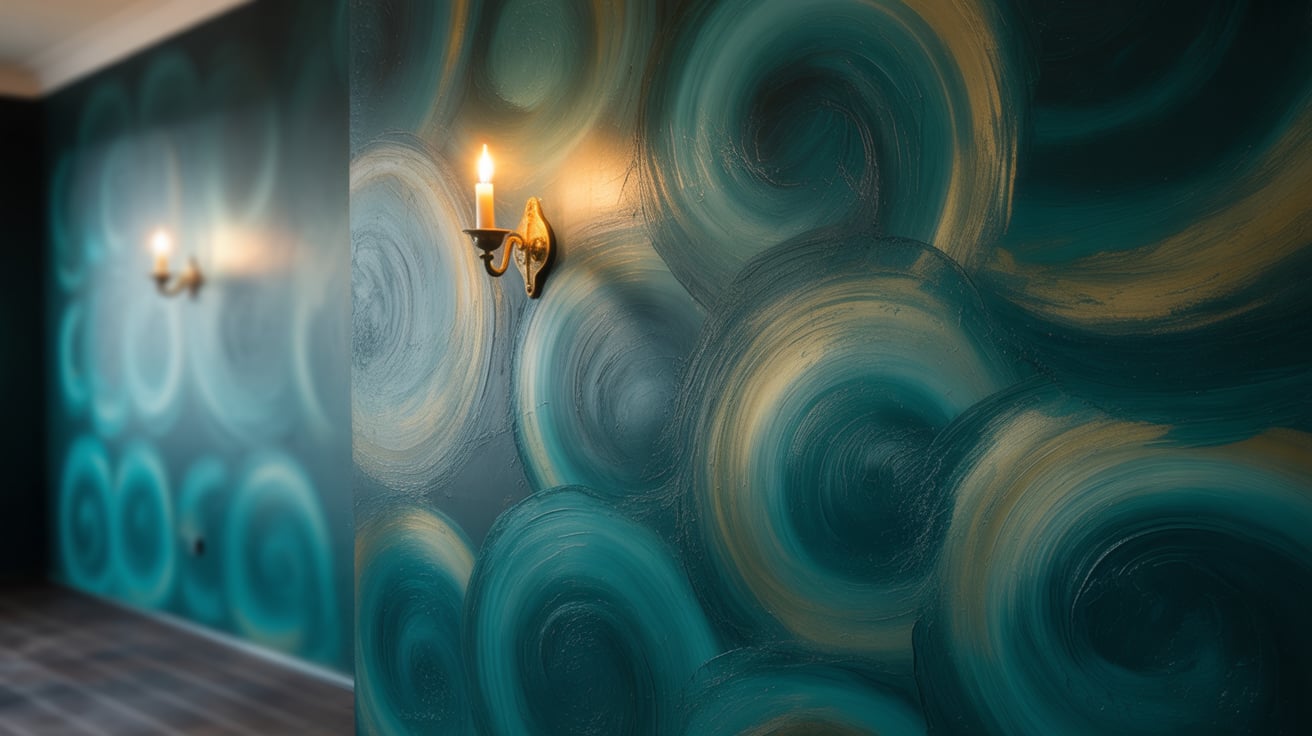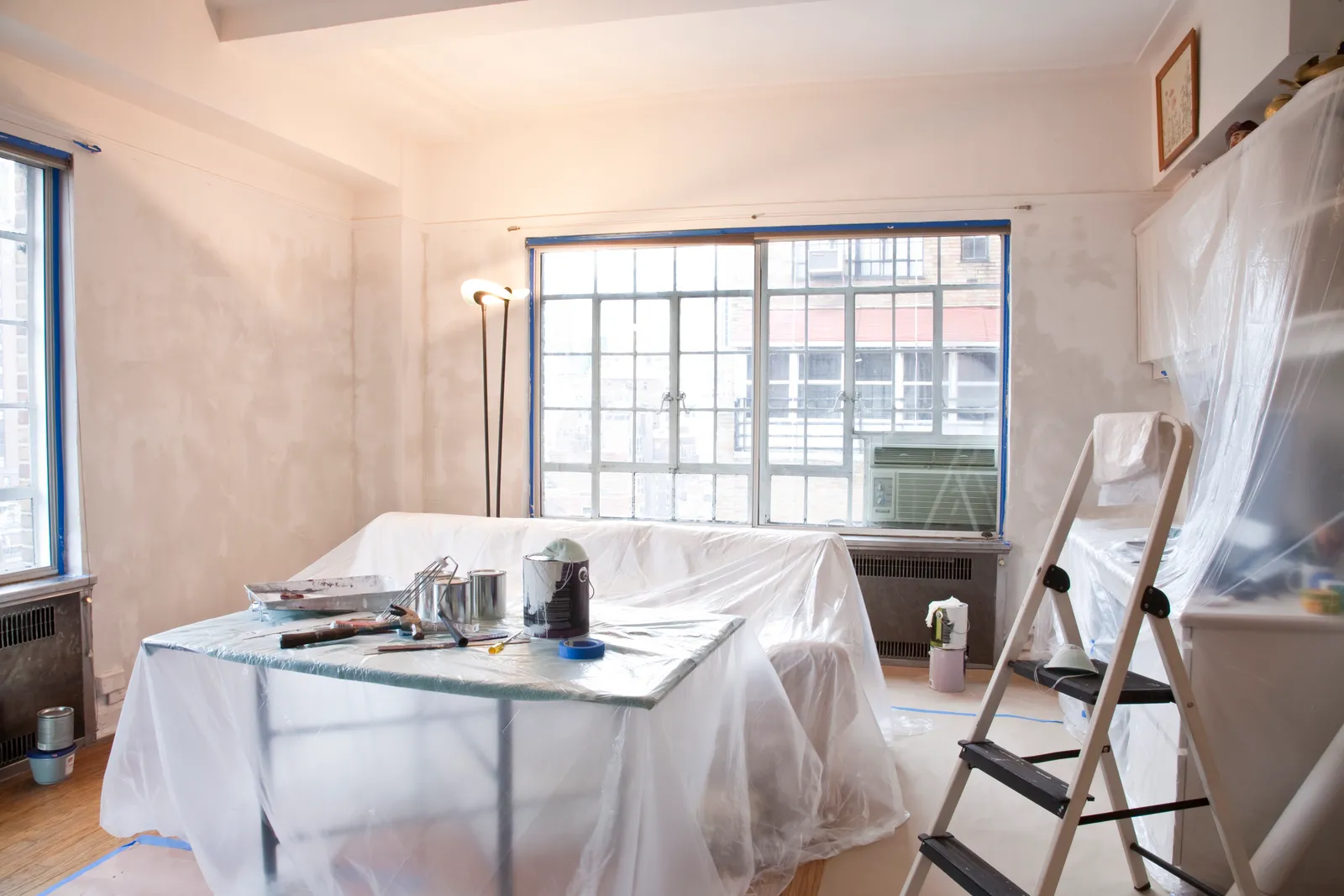Revamping an old room or starting the next chapter of your life in a new home? Painting is a great way to express your style and create a cozy, familiar space for your family. It is also a cost-effective and efficient way to completely change your home’s ambiance and give it a makeover. If you are selling your home, a good painting job will attract potential buyers and increase its perceived value.
If you want to achieve durable and flawless results, just like a professional painting company, you will need the right preparations. In this blog, we provide expert tips to address each step of the painting process, along with the right techniques to help your home look like a work of art.
Choosing the Right Paint for Your Project
The right type and color of paint create a cozy and welcoming space. Consider the following factors for a high-quality and desirable paint job:
Types of Paint
Different types of paint are available on the market that vary in their composition, drying times, and maintenance requirements. Choose a paint that suits the climate, moisture levels, and the material of the surface to be painted.
- Latex is a water-based paint famous for its easy application and cleanup. It is ideal for DIY paint jobs on interior walls and ceilings due to its lower odor and quick drying time.
- Oil-based paints provide a rich, durable finish that is best for furniture and trims. They provide a glossy finish but take 6 to 8 hours to dry after application.
- Specialty paints are created for specific purposes. You can choose mold-resistant or eco-friendly low-VOC paint depending on your preferences and your home’s needs.
- Acrylic paints are water-based paints suitable for indoor and outdoor applications. They provide a glossy finish and are resistant to wearing and fading.
Finish Options
The paint’s finish determines the durability and appearance of the surface. Some common finishes are:
- Matte: It hides imperfections but is harder to clean, making it suitable for low-traffic areas like the bedroom.
- Satin: It is durable, moisture-resistant, and easy to clean, perfect for kitchens and bathrooms.
- Eggshell: It has a slight sheen that enhances the surface and is easier to clean. It is used to add elegance to living rooms, hallways, and entryways.
- Semi-Gloss: It is easier to clean and reflective, perfect for cabinets and trims.
- Gloss: It provides a shiny, polished look, perfect for furniture and high-traffic areas.
Color Selection

The color choice significantly affects the ambiance and your mood. Light colors add a calming, cheerful, and spacious feel to the room. Rich, dark colors add sophistication, creating a cozy and intimate atmosphere. The choice of color should represent your personality and the purpose of each room. Consider natural light, lighting conditions, and the rest of the decor while selecting the perfect color for the room.
Quality Matters
The quality of the paint will affect the appearance of the room. High-quality paint is an investment that uplifts your everyday life by creating a pleasing look and a durable and smoother finish. While low-quality paint will save some money initially, it will require repainting soon, increasing the hassle and cost.
Essential Tools for a Professional Finish
The right tools and techniques are equally important for a fantastic paint job. You should have these essential tools ready before you start painting:
Brushes & Rollers
The quality and size of brushes and rollers determine the efficiency and effectiveness of your paint. Use thinner roller covers for smooth surfaces and thicker ones for textured walls. Use synthetic brushes for water-based paints and brushes with natural bristles for oil-based paints to achieve the desired effects.
Tape and Drop Cloths
Painter’s tape is used to create clean, sharp edges while painting the walls. It also protects window sills, trims, and baseboards from paint drops. To ensure easy cleanups and avoid property damage, cover the floors, furniture, and other items with drop cloths or plastic sheets.
Extension Poles & Trays
Painting is fun but also daunting when you are covering multiple rooms. Extension poles provide easy access to the paint and different surfaces without using a ladder or straining yourself. Trays ensure even distribution and smooth finishes.
Preparing Your Room for Painting

Once you have all the tools ready, you should prepare your room with the following steps:
Clear the room
Remove the furniture and wall fixtures, like electric outlet covers and light switch plates. Cover the remaining items with plastic sheets and drop clothes to avoid paint splatters and messy cleanups.
Cleaning the Walls
The next step is removing any screws and sealing gaps and holes. The surface should be cleaned gently yet thoroughly with a mild detergent and sponge to remove any dust, dirt, grease, and old chipped paint. The paint will adhere easily on clean and smooth surfaces. Make sure the surface has dried off completely before applying paint.
Sanding and Filling
You should use scrapers and sandpaper to smooth out rough areas, old paint, and imperfections. Coarse sandpaper should be used on rough surfaces, and fine sandpaper should be used for finishing touches. You should use spackle to fill in holes and smooth them.
Priming
Priming provides an even base for the color and helps the paint adhere to the surface effectively. It is especially important for new drywall, repainting over old paint, or walls with stains and patches. Apply a single coat and let it dry according to the instructions on the label.
Mastering Painting Techniques
Now, you can finally start the fun part—painting. To get a professional result, you should stick to these techniques:
Cutting In
The first step is to paint the edges and corners of the room using a brush, which is known as cutting in. With a steady hand, dip the tip of the brush in paint and slowly paint along the edges. It is important not to spill paint around the ceiling, trim, and corners.
Rolling
Once the edges and corners have been covered, you need to apply paint smoothly and evenly with a roller. It involves pouring paint into a tray, rolling the brush in the paint so it is evenly covered, and then rolling it on the wall in small sections. You should move the roller in W or M motions and cover the gaps with horizontal and vertical strokes.
Avoiding Streaks and Lap Marks
One can avoid streaks and lap marks, which is essential for a seamless finish. Follow these tips while painting:
- Use drywall primers.
- Use rollers in the same direction.
- Work in small sections.
- Work only when the paint is wet.
- Use the W technique to ensure an even distribution of paint
- Do not overload the paint and avoid build-up.
- Keep the roller wrapped in plastic when not in use, and clean it during the process.
Multiple Coats
People usually apply a thick single coat, which leads to streaks and lap marks. Applying multiple thin coats can provide a polished finish without imperfections. Apply the next coat only after ensuring the previous coat has completely dried.
Finishing Touches and Clean-Up
Once the painting is complete, ensure the following finishing touches and clean-up for a sleek and elegant look:
Removing Tape
The tape should be removed while the paint is still wet and sticky to avoid peeling off the paint.
Touch-Ups
Check for missed spots or imperfections. You should touch them up with a small brush for a professional look.
Cleaning Brushes and Tools
The brushes and rollers should be cleaned right away to ensure their durability. You should use warm, soapy water for water-based paints and appropriate cleaning materials for oil-based paints. They should be stored in a clean, dry place to ensure durability.
Ventilation & Drying Time
Ventilation is important after painting to reduce the effects of harmful fumes and VOCs. The room should be ventilated for at least 24 hours for water-based and 48 hours for oil-based paints for proper drying. Proper ventilation and protective gear help prevent dizziness and respiratory problems. Using fans and air purifiers is also a good solution to ventilate and dry the paint quicker.
Transform Your Space
A beautiful and well-executed paint job will enhance the look and feel of your home. It adds aesthetic and commercial value to any space and is a quick and easy way to give your home a stylish look. Exterior house painting projects might seem daunting, but the right tools and techniques can help you create your masterpiece. Follow proper procedures and precautions, use the right tools, and add the final touches to achieve a professional-level, stunning finish.

